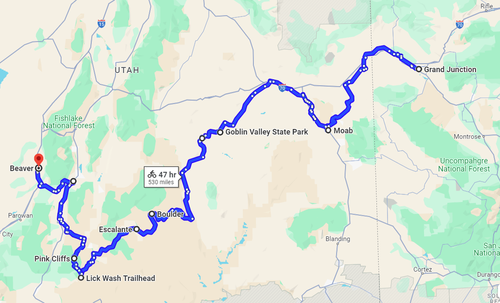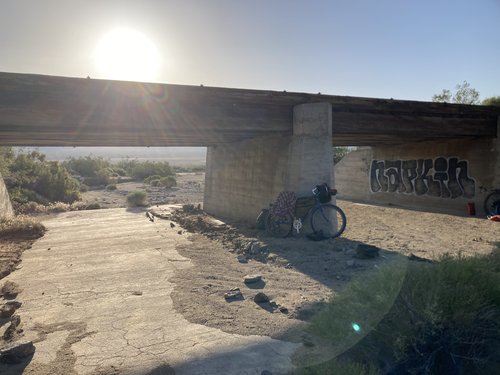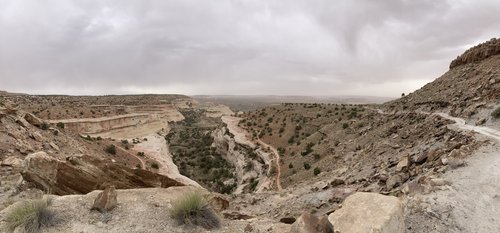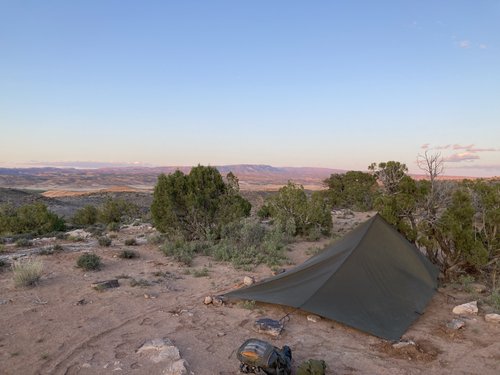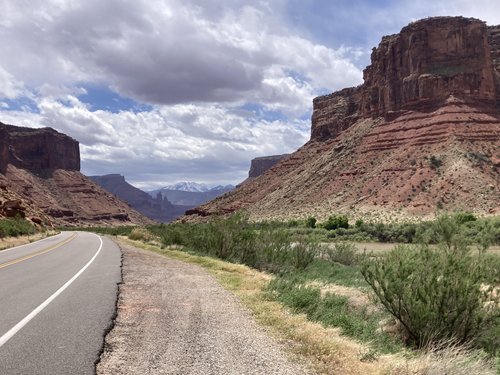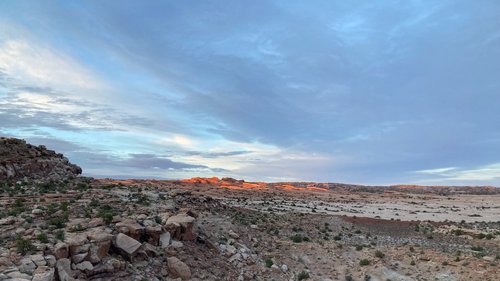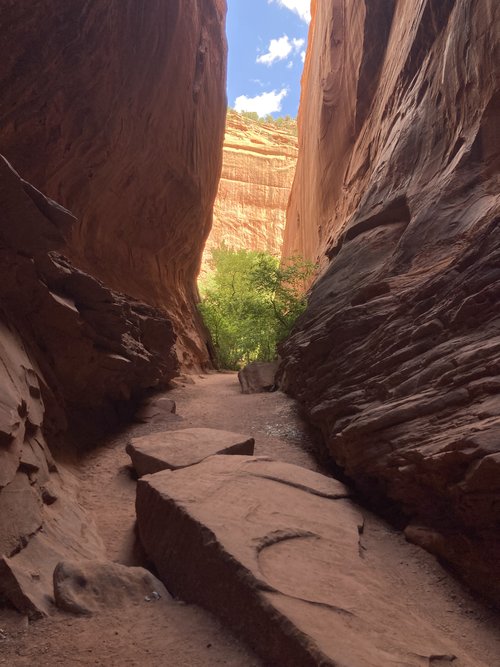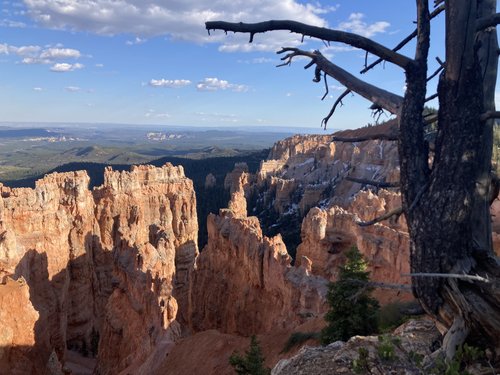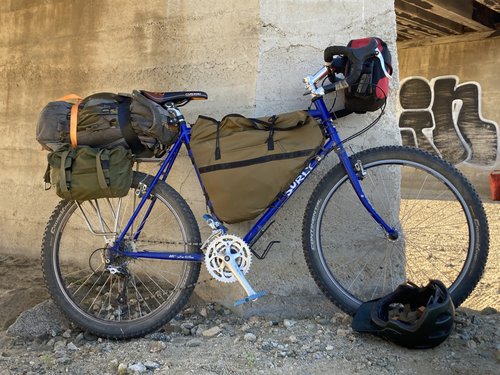I like that. Someone recently asked me how I felt I'd changed over the past several years, and I replied that it felt less like "I" changed and more like I'd scraped off several layers of accumulated gunk off of myself.black_son_of_gray wrote: ↑Fri May 24, 2024 4:40 pmIs it fair to say that "identifying and avoiding ways of slowing [yourself] down is the process of self-actualization"?
With the caveat that chemistry was my weakest subject in stem, I like the frame quite a lot.black_son_of_gray wrote: ↑Fri May 24, 2024 4:40 pmYour framing reminds me in chemistry of the concept of stoichiometry. Specifically, it sounds like you have a big stew of reactants (i.e. a system/WOG), and they all react with each other in different ways, and they make products, which themselves may react with other elements within the stew, and so on. And the way you've framed your question sounds a lot like trying to figure out and deal with whatever happens to be the "limit reagent" for the particular stage of the reaction you find yourself in. Is that correct?
My thought on this is for me to keep in mind that what I'm trying to produce isn't any specific predetermined result or even set of results, but rather a system that has the properties of resilience, tensegrity, etc etc, and tends to produce specific combinations of results more interesting than what I would come up with from my own imagination. I have specific goals (QH makerbase, the buried greenhouse, bikepacking, high quality friends, etc) but I hold on to them very lightly (see for example how quickly I dropped skillathon like it was hot when my system serendipitously presented me with a more interesting/fruitful endeavor).black_son_of_gray wrote: ↑Fri May 24, 2024 4:40 pmThis is maddening stuff, though, because as the number of reactants goes up, the straightforwardness of any attempted solution likely plummets. Then the approach becomes, unfortunately, "tinker, then observe". Unless, perhaps, there is a really fundamentally limited reactant that is way too low and is holding just about everything back. I would expect the addition of that reactant to the solution would show strong, step-wise results.
In short, my aim is to spin up an entity that has more emergent intelligence/wisdom than my conscious planning-brain does. In this sense I think yours and 7's permaculture frame suits most aptly. (Random thought: from a security lens, it's not so much that my system allows me to respond to threats -- my system protects me from threats in such a way that I might not even notice them, in the same way a mangrove protects coastal areas from otherwise damaging storms.)
These are good questions, but the best answer I have is that I feel system friction around this and want to do something about it. I'll know more when I know more.black_son_of_gray wrote: ↑Fri May 24, 2024 4:40 pmThis is a perhaps a long way of asking, if you went ahead with your QH plans, would your Stuff Management naturally rise to the occasion (because it would have to), or would it actually be holding you and others back in the implementation/execution? How was your Stuff Management when you were w*rking with others on shared projects?
I suspect there's levels to it and I think there's gold down there somewhere. I also feel like it's a limiting factor/prerequisite to progressing with certain aesthetic skills, which I am very interested in pursuing.
Also, I'm not so much talking about clutter per se. I think decluttering is part of an overall process that I'm aiming for. I'm more concerned with e.g. the rat habitat and fire hazard I was accumulating underneath my studio, the old salvaged windows that were dissipating possibly lead-based paint flakes across my situation, the stove I ought to sell that is getting eaten by rust, the equipment I own that is not getting the preventative maintenance it should because of my lack of a good system for remembering to do it, storing the maintenance tools and consumables, etc.
That's actually a big one: I'm embarrassed by how many times my gear has let me down because *I* didn't take care of it in the first place. I rode the Full Enchilada with a blown rear shock and dropper in the full down position. I once unpacked my tent in Death Valley with temps dropping below 28F and realized it was still wet from when I'd last packed it in the rain. I got a flat miles from resupply on my bikepacking trip with b7 because I forgot that the last tube I'd put in there was max 2.125" in my 2.35" tire, and so it failed at the inner seam and my 20yo (!!) patch kit failed to seal it. (I stole b7's 27.5" spare tube and we pedaled on).
This is more what I'm getting at when I talk about Stuff Management. More akin to the attitude you'd want to have towards your gear on a boat crossing the ocean.
